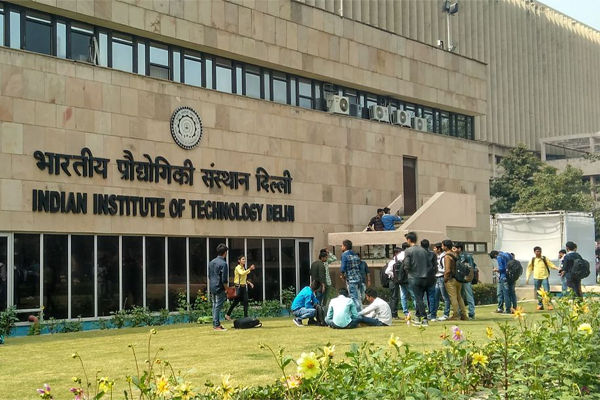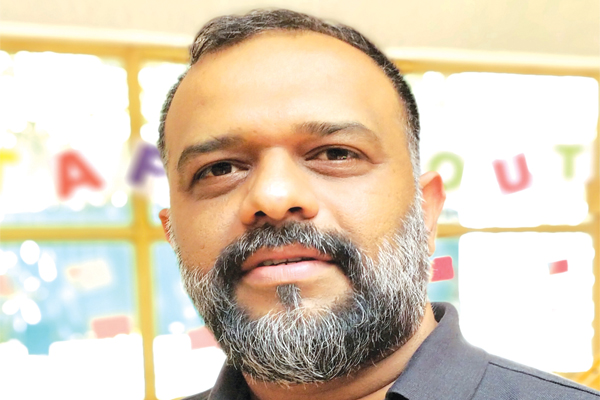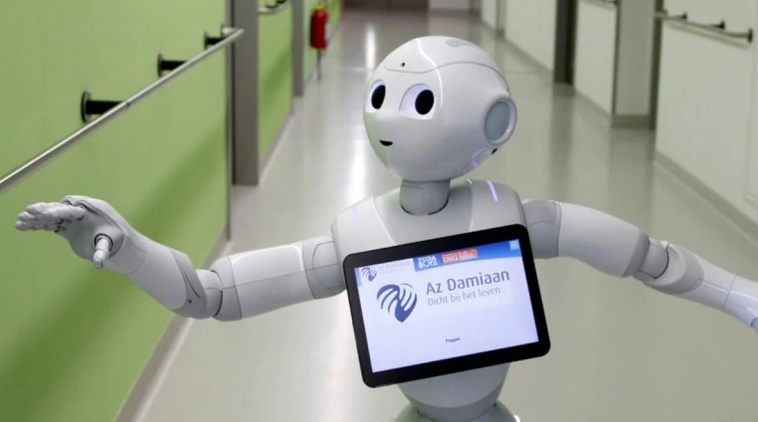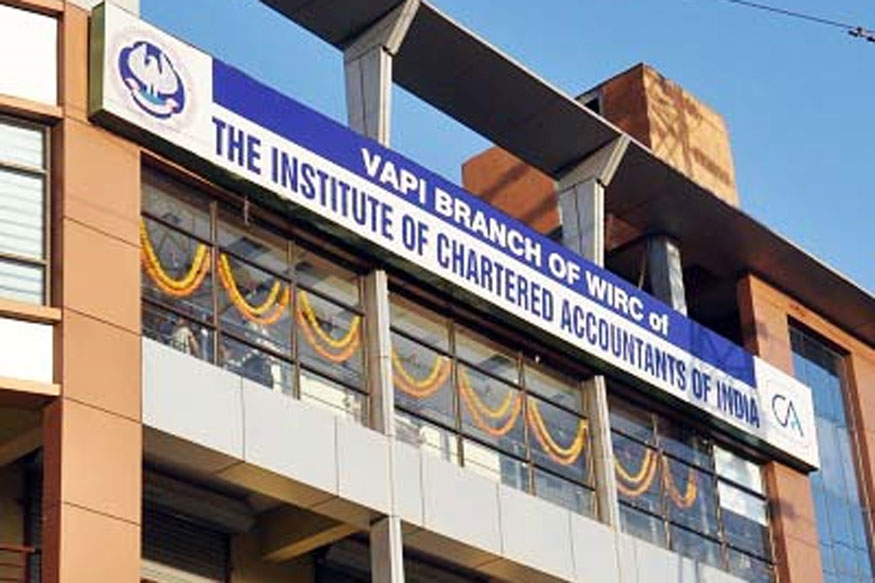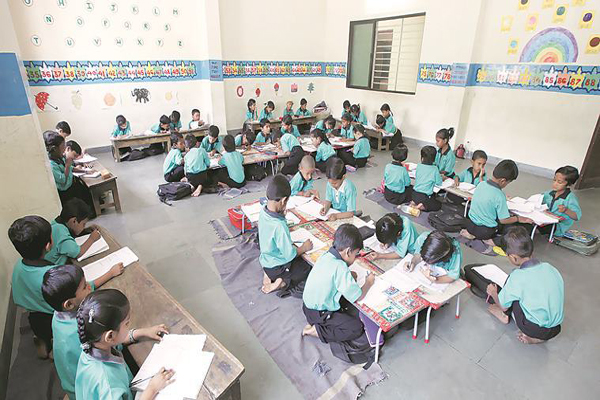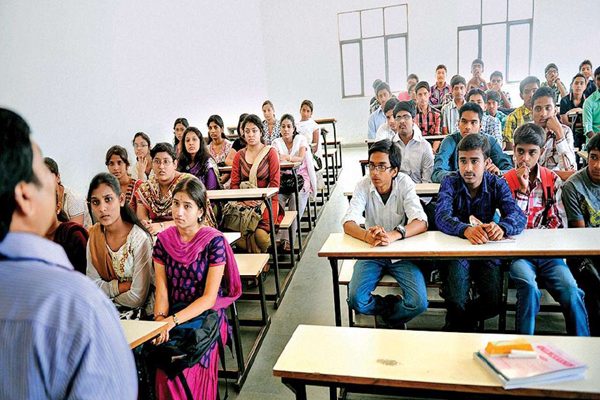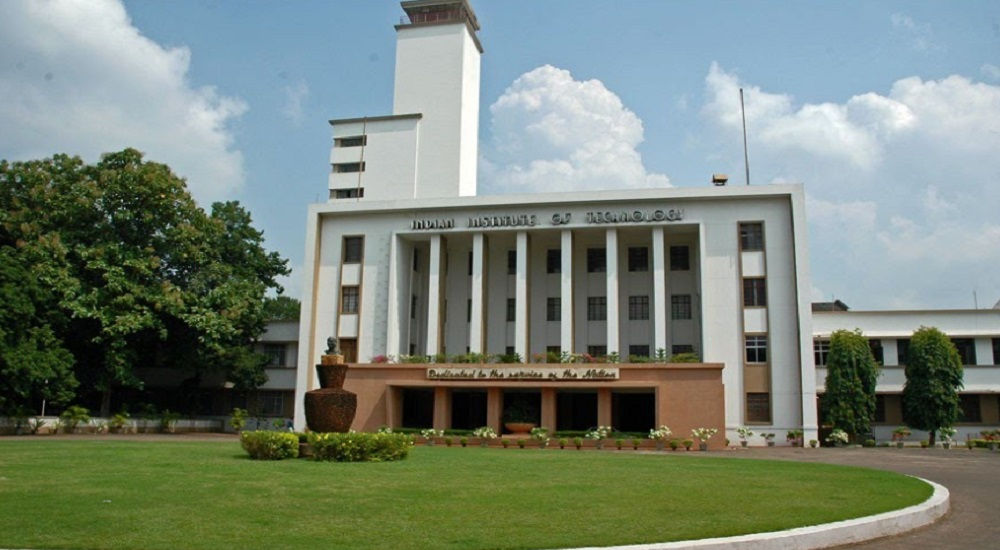The National Testing Agency (NTA) has introduced numerous changes in the JEE Main paper pattern from this year onwards, in terms of number of questions, total marks, marking procedure and tie-resolving norms. The papers will also have numerical based answers.
The B.Tech paper of JEE Main paper will have 75 questions. The question paper has been shortened by 15 questions and 60 marks, though the weightage per question remains the same.
Till now, the entire question paper pattern was MCQ (Multiple Choice Questions) based, but this stands changed now. This section will have 15 questions wherein 5 each will be from Chemistry, Mathematics, and Physics. The candidates “will have answer to be filled as numerical value” read the exam notification. The rest of the questions will be MCQ based only.
For every wrong answer, the MCQs will have negative marking; however, questions other than MCQs will not have negative marking.
Architecture (B.Arch) paper will now have 77 questions instead of 81. Drawing Test will have two questions with a total of 100 marks instead of 70. Total marks for (B.Arch) would be 400.
The planning paper (B. Planning) would comprise of 100 questions with maximum marks of 400. In addition to Mathematics and Aptitude Test, the paper will carry 25 planning based objective questions.
The agency also informed about the changes in tie-resolving norms wherein from this year onwards, lesser the number of negative responses, higher the chances of the candidate scoring a good rank in case of a tie. Also from now, age criteria will be followed simultaneously with mathematics score, chemistry score, and physics score. In a case where all the above rules fail to resolve the tie, candidates older in age will be ranked higher.
Notification for JEE Main 2020 has been announced and the registration process is in full swing. The exam is conducted twice a year. The exam date has been set between January 6 – January 11 and April 3 – April 9 this year. The National Testing Agency (NTA) will be conducting the exam for the second consecutive year.








